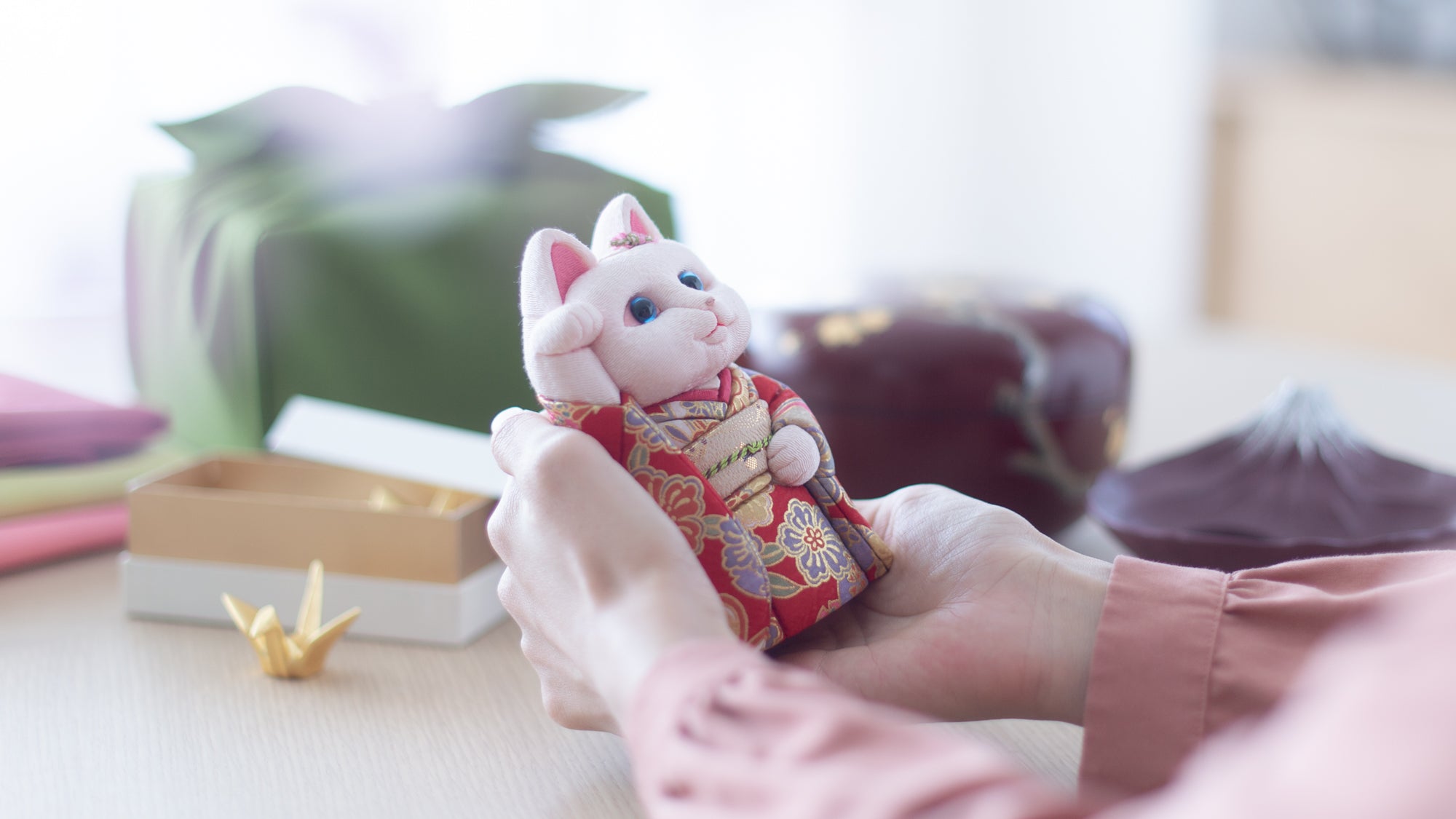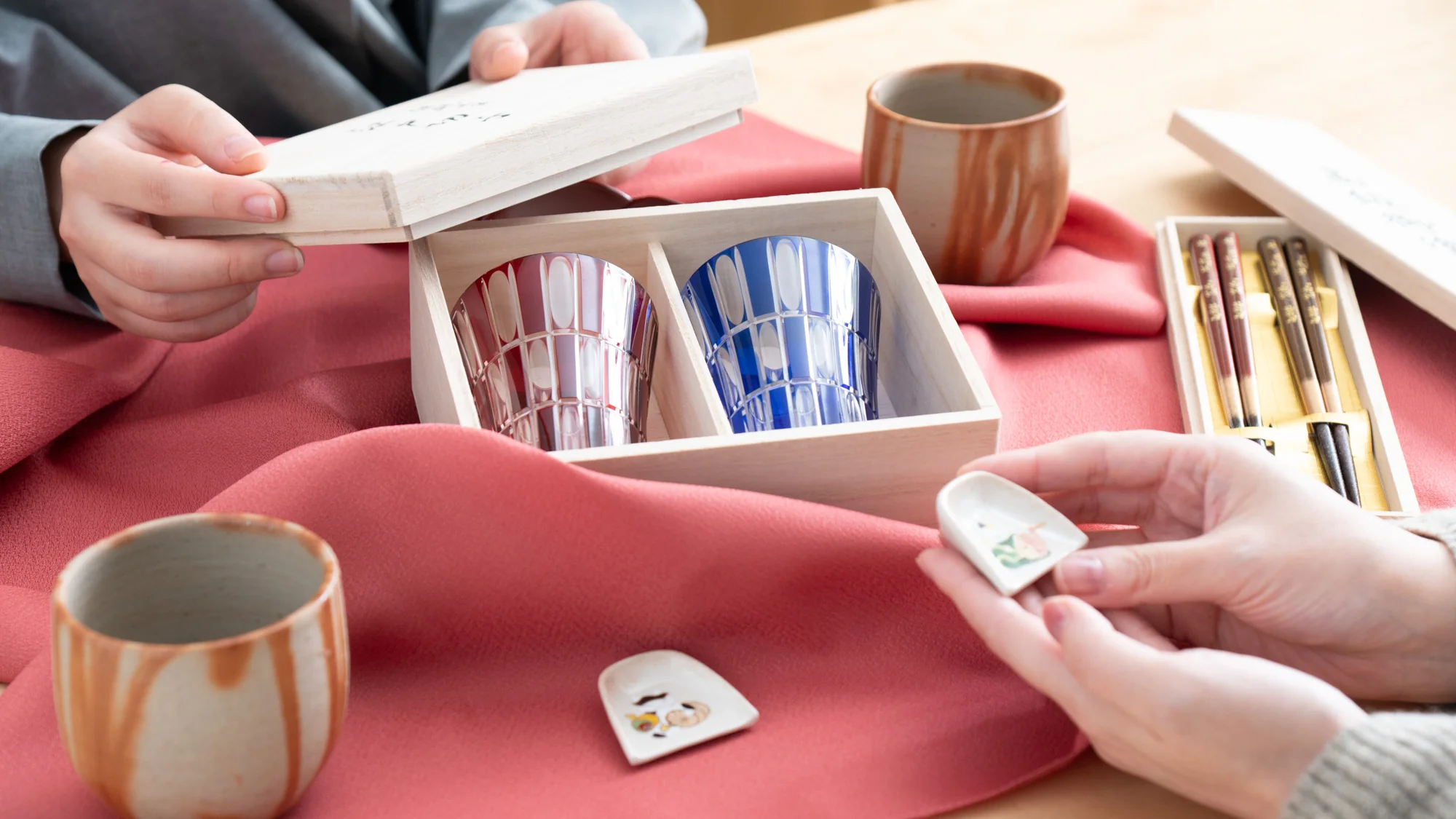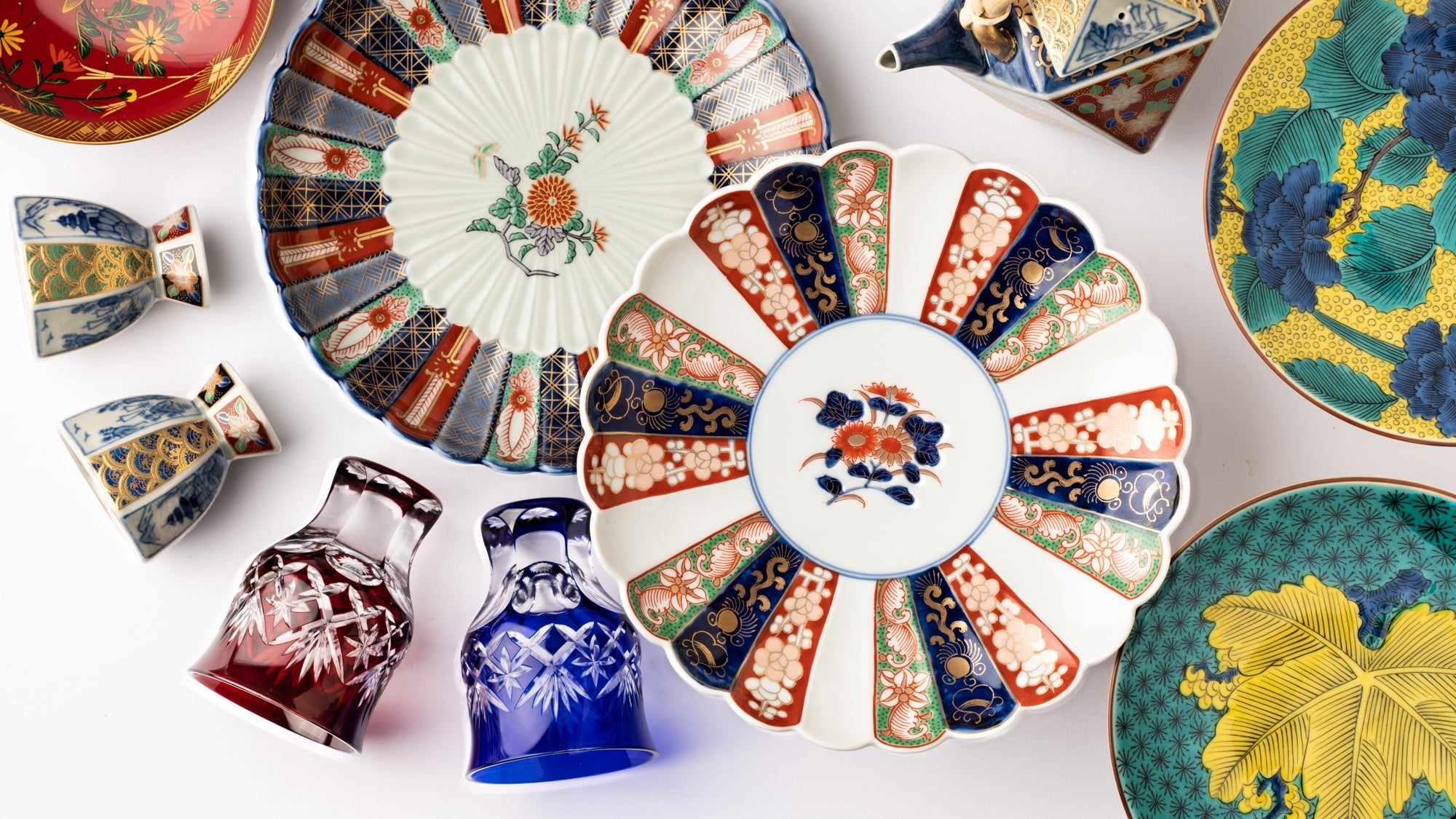11 January 2024
Art Meets Travel: Two Days in Bizen Ware's Namesake City


In the waning days of November, Team Musubi journeyed to Bizen City, a sanctuary for the art of Bizen ware. Nestled in the southeastern reaches of Okayama Prefecture and bordered by the Seto Inland Sea, Bizen is an area blessed with an abundant natural environment. Typically graced with a mild climate, the day of our arrival was uncharacteristically chilly, so we had to wear heavy coats.
This venture marked my inaugural work trip and my first foray into Okayama Prefecture. To make the most of it, I followed recommendations from Mori Toshiaki of Hozan Kiln, selecting destinations where one could fully immerse in the Bizen ware experience.
While enjoying the autumn foliage yet unseen in Tokyo, I indulged in the rich history and culture of Bizen City, making this brief overnight stay a profoundly satisfying sojourn.
Contents
- Bizen Hotel Sue
- Former Shizutani School
- Stella Cafe
Bizen Hotel Sue
Our journey from Okayama Airport led us to Ibe, where we arrived at Bizen Hotel Sue, established in 2023 as a haven for Bizen ware enthusiasts. The hotel is ideally located within walking distance to the main street, lined with Bizen ware shops and kilns, making it a perfect base for exploring and immersing in the world of Bizen ware.

The hotel's design concept centers around "fully enjoying Bizen ware," offering encounters with this local pottery at every turn.
For instance, it features a communal kitchen available for guests to use, fully equipped with Bizen ware dishes. Guests are free to select their preferred pieces for use.

Additionally, the bathhouse is adorned with Bizen ware tiles made by Hozan Kiln, showcasing a luxurious use of Bizen ware's durability.

With options for private rooms and whole-house rentals, our stay was in one of the private rooms. From some of these rooms, one can enjoy the charming sight of retro-style yellow trains passing by.
It's a place where, despite being my first visit, I found myself feeling instantly at ease – a truly welcoming and comforting accommodation.


Former Shizutani School

Shizutani School, built by the Lord Ikeda Mitsumasa of the former Okayama Domain in the mountains of Bizen City, was Japan's first public school for commoners. Constructed using the finest architectural techniques of the Edo period (1603 CE - 1867 CE), it has been preserved in its original form to this day as the "Special Historic Site Former Shizutani School."

The tiles used in each facility are made using the techniques of Bizen ware, a specialty of Okayama Prefecture. While ordinary tiles have a lifespan of about 60 years, Bizen ware's water repellency and durability mean that, even after 300 years, they remain largely unbroken.
The majestic auditorium, designated as a national treasure, truly embodies the spirit of a "hall of learning" with its polished floors and dignified atmosphere. Here, students once studied the teachings of Confucianism, which was the predominant philosophy of the time.

The former Shizutani School is renowned as a prime spot for autumn foliage. With seasonal events like nighttime illuminations, it's a place to check out when visiting Bizen City in the fall.

Stella Cafe

On the second day, blessed with clear skies and warm temperatures, we had perfect weather for sightseeing. After visiting the gallery at Hozan Kiln, we headed to Hinase Town in Bizen City, having heard from Mr. Mori Toshiaki about Stella Cafe, which uses Hozan Kiln's plates.
Hinase Town, located along the Seto Inland Sea, flourishes with its fishing industry. Near the fishing cooperative, the seaside area is lined with restaurants and markets offering local seafood specialties, including famous oysters, and was bustling with tourists on the day of our visit.
Stella Cafe is a genuine café where you can enjoy lunches with fresh seafood, carefully selected coffee beans, and desserts made with seasonal fruits from the Hinase Islands. It's so popular that customers line up even before the café opens.


We had the opportunity to speak with Isomoto Masato, the owner of the café and also of "Kaisen Ryori Iso," a seafood restaurant located just across the street.

The heart-shaped plates for these cakes are creations of Hozan Kiln. They were inspired by the nearby "Bizen♥Hinase Ohashi" – Japan's first bridge to officially incorporate a heart symbol in its name.
"We wanted to make plates that aren't just modern Bizen ware but traditional ones, with the characteristic color of Bizen ware that comes from being covered in ash in a climbing kiln. Also, if you turn them upside down, they resemble a peach shape, which is significant as Okayama is famous for its peaches," explained Isomoto.

"I was initially unsure how this color would complement cakes, but it has turned out quite well, and our customers are really enjoying it," he shared with a smile.

After the interview, Isomoto himself brought over freshly prepared sashimi from "Kaisen Ryori Iso." This restaurant also uses Hozan Kiln plates and small bowls. Tasting such fresh, exceptional seafood, we were utterly enchanted by the gourmet offerings of Hinase.

While strolling around, we quickly came upon the sight of the "Bizen♥Hinase Ohashi" bridge, a notable landmark in the area.


The famous oysters here are large and juicy. According to my colleague Umehara-san, they were "the best oysters I've ever had in my life."
Our stay in Bizen City, though brief, was a meaningful journey through the rich history and culture that gave birth to Bizen ware. From the ancient tiles of the Shizutani School to the contemporary cake plates in Stella Cafe and bath tiles in Hotel Sue, Bizen ware's ability to seamlessly integrate into everyday life across different eras is astounding. This visit opened our eyes to the undiscovered charms of Bizen ware, offering a thoroughly enjoyable and unforgettable experience.












































































































































































































